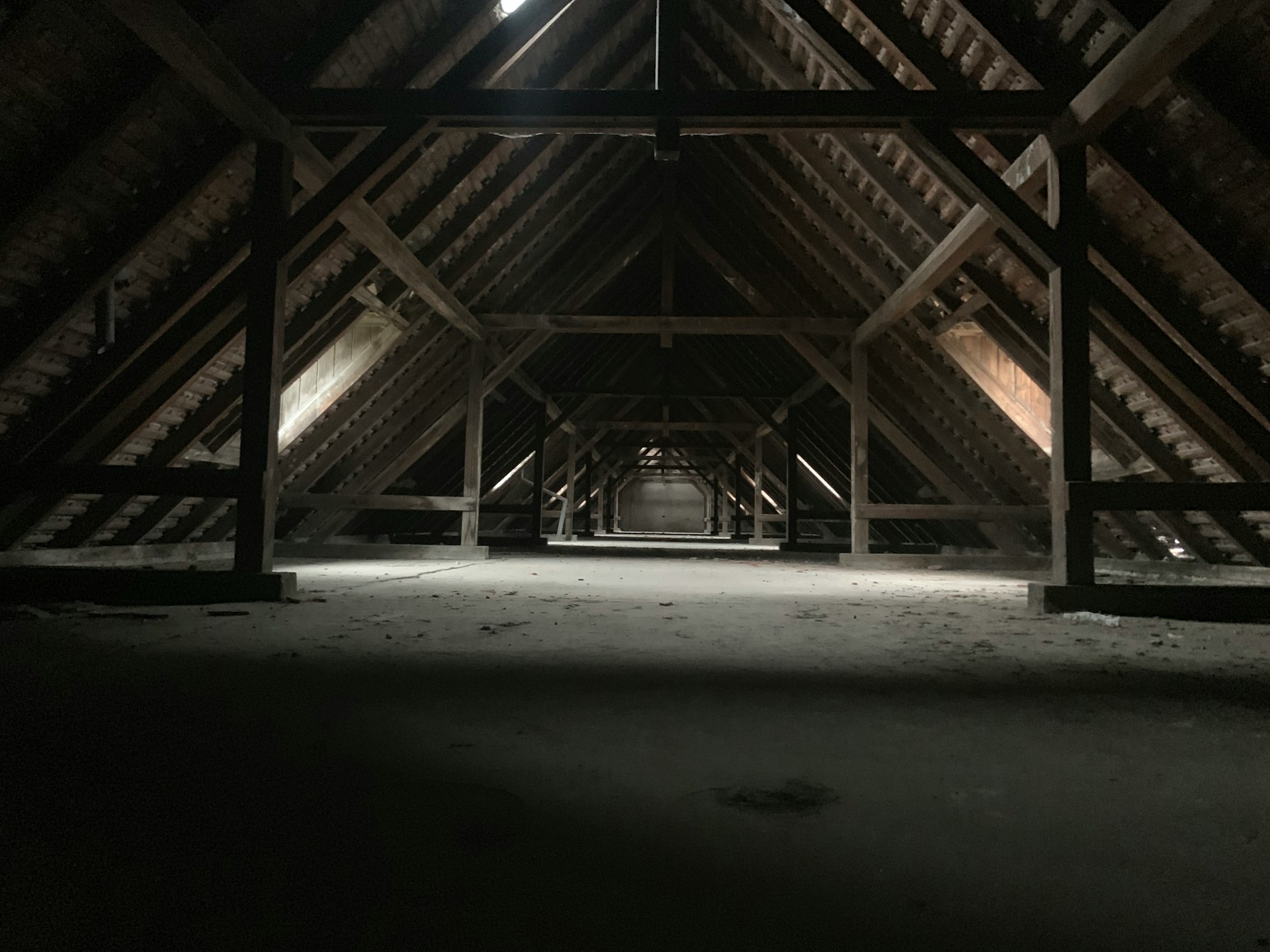

Question: Where Do You Lose Most Heat in the House?
Answer: Most heat loss in the house occurs through the roof, walls, and windows due to poor insulation and drafts. Air leaks around doors and windows also contribute significantly.
The Heat Thieves in Your Home
Where do you lose most heat in the house? This seemingly simple question has a multifaceted answer that every homeowner should understand. A thermally inefficient house not only contributes to higher energy bills but also diminishes comfort and can impact the environment. By pinpointing these heat loss culprits, you can make informed decisions about improvements that will create a cosier and more energy-efficient home.
Roof and Attic
A significant portion of heat loss occurs through the roof and attic. Warm air rises, and if your attic isn’t properly insulated, that precious heat escapes directly into the atmosphere.
Attic Insulation
Insufficient Insulation:
Inadequate insulation allows heat to pass easily through the ceiling and roof. Building codes mandate specific R-values (a measure of thermal resistance) for attics. Ensure your attic meets or exceeds these requirements.Air Leaks:
Gaps and cracks around plumbing vents, electrical fixtures, and chimneys create pathways for warm air to escape.
Click here for more information on looking for a realtor in Orangeville
Related Article: Which Appliance is a Real Energy Drainer?
Related Article: How to Make Your Home More Energy-Efficient in Canada?
Windows and Doors
Windows and doors, even when closed, are prime suspects in heat loss investigations. Their construction and installation play a critical role in maintaining a comfortable indoor temperature.
Window and Door Efficiency
Single-Pane Windows:
Single-pane windows offer minimal insulation. Consider upgrading to double or triple-pane windows with low-e coatings to reduce heat transfer.Inefficient Doors:
Solid-core doors provide better insulation than hollow-core doors. Ensure doors fit snugly in their frames and consider installing weather stripping to minimize drafts.
Floors
Heat loss through floors, especially those above unheated spaces like crawl spaces or garages, can be substantial. Addressing this often-overlooked area can significantly improve energy efficiency.
Floor Insulation and Air Sealing
Inadequate Floor Insulation:
Insulating floors above unheated spaces can considerably reduce heat loss. Different insulation options exist for floors, including batt insulation, rigid foam boards, and spray foam.Air Leaks in Floorboards:
Gaps and cracks in floorboards can contribute to drafts. Sealing these air leaks with caulking or weather stripping helps retain heat.
Basements and Foundations
Basements and foundations, being in direct contact with the ground, are susceptible to heat loss through conduction. Proper insulation and air sealing are crucial for these areas.
Basement and Foundation Insulation
Uninsulated Basement Walls:
Insulating basement walls, both above and below grade, can significantly reduce heat loss and prevent moisture problems.Air Leaks in Foundation Walls:
Cracks and gaps in foundation walls allow cold air to infiltrate the basement. Sealing these leaks is essential for maintaining a comfortable basement temperature.
Ventilation System
While proper ventilation is crucial for indoor air quality, it can also contribute to heat loss if not managed efficiently. Balancing ventilation with heat recovery is key.
Heat Recovery Ventilation (HRV)
Inefficient Ventilation:
Older ventilation systems can exhaust warm air without recovering the heat. Consider upgrading to an HRV system, which preheats incoming fresh air with the outgoing stale air, minimizing heat loss.Leaky Ductwork:
Leaks in ductwork can waste a substantial amount of heated air, especially if the ducts run through unheated spaces. Sealing and insulating ductwork can improve efficiency.
Conclusion
Understanding where your house loses the most heat empowers you to make informed decisions about energy-efficient upgrades. By addressing these key areas, you can create a warmer, more comfortable, and more cost-effective living environment. From attic insulation to air sealing and window upgrades, each improvement contributes to a more energy-efficient and environmentally friendly home. Investing in these improvements enhances your property’s value while reducing your carbon footprint. [ 1 ]
References
1. https://natural-resources.canada.ca/energy-efficiency/home-energy-efficiency/keeping-heat-section-2-your-house-works


